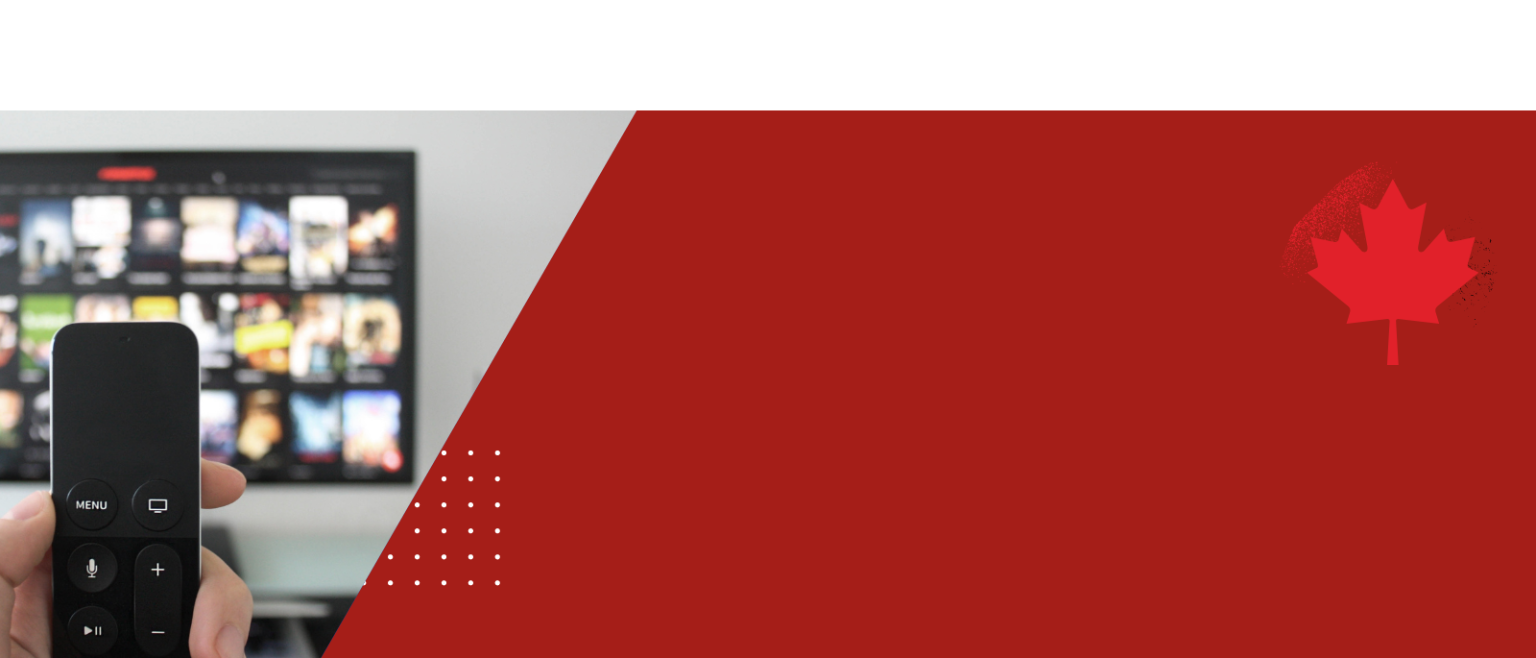IBC 2025 | Meet us in Amsterdam from 12 to15 september 2025

A guide
to subtitling in Canada
28 february 2024
Would you like to add subtitles to your videos in Canadian French?
Apart from the linguistic differences between French in France and French in Canada, are you wondering about the rules and standards in force in the Canadian audiovisual landscape?
This article summarises the main points you need to know to be compliant!
History
Lorem ipsum dolor sit amet, consectetur adipisicing elit, sed do eiusmod tempor incididunt ut labore et dolore magna aliqua. Ut enim ad minim veniam, quis nostrud exercitation ullamco laboris nisi ut aliquip ex ea commodo consequat. Duis aute irure dolor in reprehenderit in voluptate velit esse cillum dolore eu fugiat nulla pariatur. Excepteur sint occaecat cupidatat non proident, sunt in culpa qui officia deserunt mollit anim id est laborum.
In Canada, the Canadian Radio-television and Telecommunications Commission (CRTC) sets the rules for closed captioning to improve accessibility for the deaf and hard of hearing. In 2007, aware of the importance of closed captioning, the CRTC asked the broadcasting industry to set up two teams dedicated to closed captioning, one for the French-language television market and the other for English-language television.
Regulation on TV ads for retailers
These teams brought together representatives from private and public broadcasters, distributors, consumers, deaf and hard-of-hearing advocacy groups and closed captioning providers.
Their mission was to help the CRTC establish quality standards for closed captioning that would become conditions of licence for broadcasters, thereby ensuring uniform quality throughout the Canadian broadcasting system.
Inspired by the work of these groups, the CRTC developed policies to define the quality and, to a certain extent, the quantity of closed captioning to be provided. It has also put in place procedures for monitoring and reporting on the quality of closed captioning, as well as a mechanism for consumers to lodge complaints.
Main CRTC captioning rules in Canada
Here are the main rules concerning closed captioning in Canada (source: Universal Closed Captioning Standards for Canadian French-Language Broadcasters CRTC 2011-741 and CRTC 2011-741-1):
1. Amount of captioning
o Canadian broadcasters must caption 100% of their programs broadcast between 6 a.m. and midnight.
o All advertising, sponsorship and promotional content must also be 100% captioned.
o At night (midnight to 6am), if subtitles are available, they must be provided for all programmes.
2. Quality of subtitling
o The CRTC has established quality standards for subtitles. This includes an acceptable accuracy threshold between subtitles and the audio content of a program, including the spelling of pre-recorded content.
o Other quality elements include limiting latency, correcting errors before rebroadcast, providing sufficient information on screen, and controlling formatting.
3. Accuracy rate
o For live broadcasts, the accuracy rate of French closed captioning must be 85%
o For pre-recorded programmes, broadcasters must aim for an accuracy rate of 100%
Technical specifics
While the broad outlines of subtitling remain identical to the French rules, certain "technical" elements change, in particular :
- Number of lines: 2 lines (3 lines should only be used if necessary)
- Number of characters per line (CPL): 32
- Minimum caption display time: 2 seconds
- Maximum display time for a caption: 5 seconds
- Use of italics: foreign language, voice-over, thoughts of a character, title of a work.
- Subtitle colours: white letters on a black background. Do not use colours in subtitles.
- Spaces: in Canadian French, spaces are not used between letters and punctuation. For example: où es-tu? Je suis là!
- Change of speaker: always use dashes to mark the change.
- Speed: subtitles must reproduce the audio word for word. The words of the people on screen should only be compressed as a last resort, when technical restrictions or time and space constraints make it impossible to reproduce all the words spoken while maintaining a suitable display time.
- Songs: Translate the lyrics word by word when the song is in French. When the song is in a foreign language, the subtitlers must indicate the language of the song in brackets.
- First subtitle after a blank: leave 15 frames
Videomenthe, your partner for perfect subtitles
Subtitling requires linguistic and technical skills, as well as a good knowledge of the standards in force in each country and for each type of subtitling (e.g. SDH).
We offer subtitling solutions for the audiovisual industry and businesses:
- EoleCC, a collaborative platform for multilingual subtitling and SDH,
- a lab service, with subtitles reviewed by professional subtitlers and translators specialising in SDH
